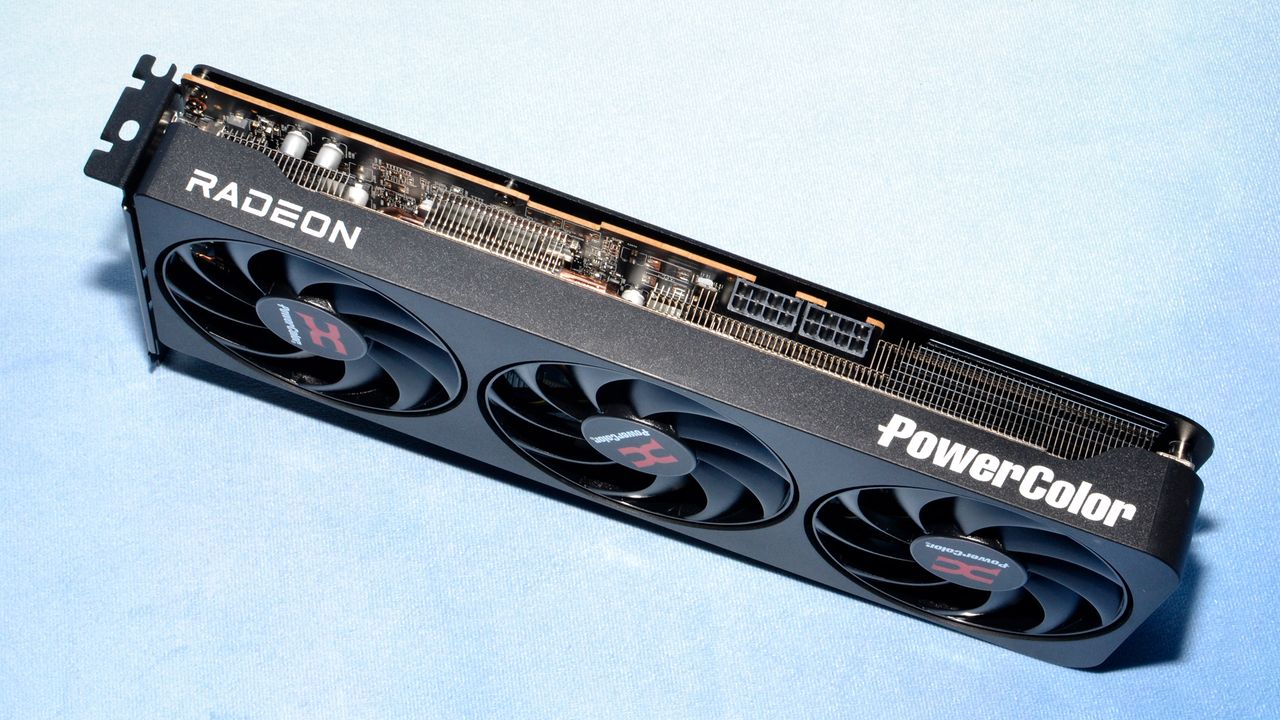
In an attempt to squeeze more performance out of their GPU, a user on Reddit has successfully flashed the BIOS of a Radeon RX 9070 XT onto their non-XT variant. As per a post by u/noVa_realiZe on the r/Radeon subreddit, they were pretty satisfied with the results, as their PowerColor RX 9070 Reaper gained an uplift of 25% in synthetic benchmarks, and around 8-12% while gaming.
The user notes that they performed the vBIOS flash using an open-source tool published on Overclock.net by user Benik3. If you’re interested in the full flashing process, you can follow the post here. Keep in mind, however, that flashing a GPU with the BIOS of another model may void your warranty and can potentially brick your card.
According to testing done by u/noVa_realiZe, the performance gains from flashing the BIOS were immediately noticeable in synthetic benchmarks. In 3DMark Steel Nomad, the stock non-XT card managed a score of around 5,821, while the same card with the XT BIOS went up to 6,461. After some more tinkering with the voltages and memory clock speeds, the card peaked at 7,277, which is a notable improvement over stock performance.
The performance uplift is reduced when it comes to actual gaming, though. In Cyberpunk 2077 at 1440p with a mix of ray-tracing settings, the undervolted stock card averaged 70 FPS. After flashing and tuning the card, the same setup pushed averages closer to 78 FPS, with noticeable improvements to 1% and 0.1% lows.
The increase in performance is primarily due to the ability to feed more power to the GPU after flashing the XT BIOS.
Not the first example
Back in April, a similar attempt was made, where a community member at leading German website PCGH (PC Games Hardware) took an Asus Prime RX 9070 and flashed it with the Asus Prime RX 9070 XT vBIOS.
After successfully flashing the BIOS, they were able to raise its power draw to 317W (up from the stock 220W) and increase the boost clock frequencies to 3.1 GHz. This translated into a consistent 15-20% performance uplift in synthetic benchmark tests, while additional tuning and overclocking resulted in scores that outperformed the stock RX 9070 XT.
It is interesting to know that the Radeon RX 9070 has a modicum of headroom to deliver more performance, but at the same time, these gains come with trade‐offs. This includes higher power consumption, increased heat, and a real risk of instability or damage, especially if the cooling solution and power delivery system are not adequate.
Follow Tom's Hardware on Google News, or add us as a preferred source, to get our up-to-date news, analysis, and reviews in your feeds. Make sure to click the Follow button!







